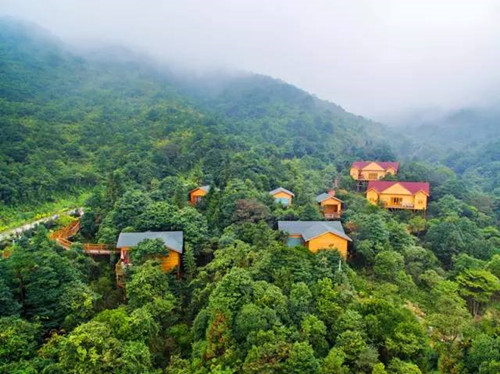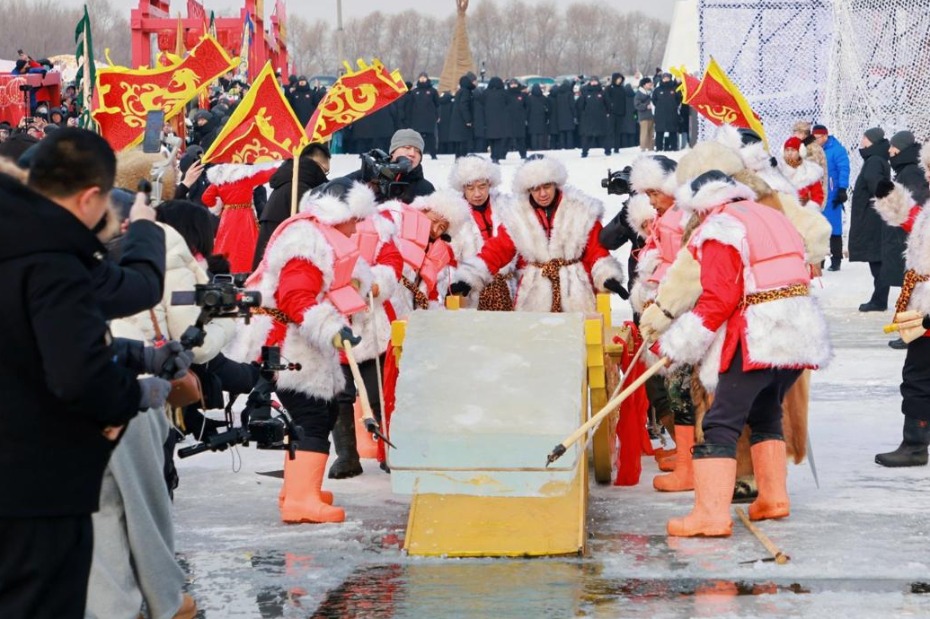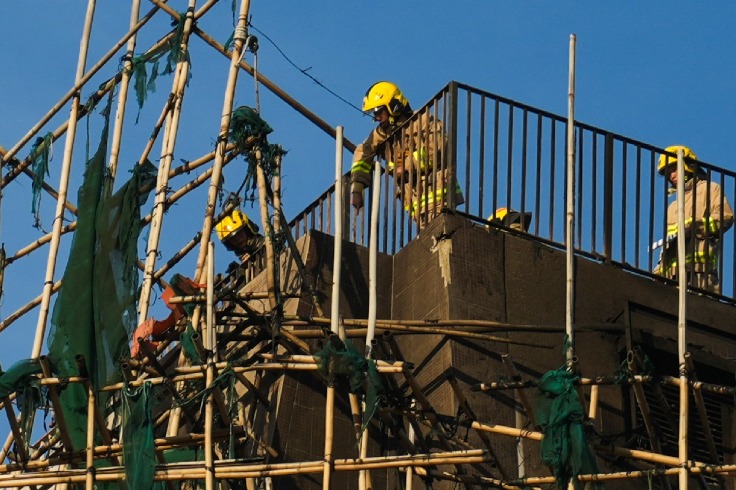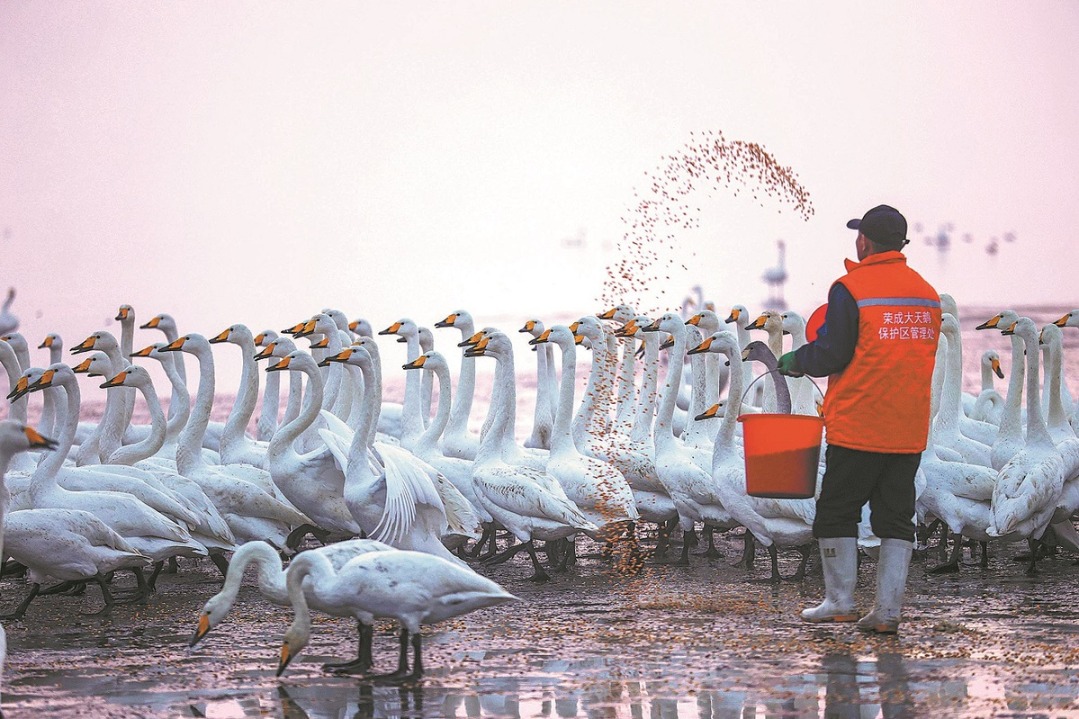Hakka museum shines light on Chinese history


A visitor to Meizhou, Guangdong province, who is interested in Hakka culture, will find the Hakka Museum of China in Meijiang district a must on the itinerary.
With a floor area of 37,000 square meters, the museum is believed to be the most informative on Hakka culture anywhere in the country.
The exhibits tell how people migrated from China's central plains to the south in periods beginning with the Western Jin Dynasty (265-316) to escape war and upheaval.
They eventually settled down mostly in the areas bordering the provinces of Jiangxi, Fujian and Guangdong to become Hakka, which literally means "guest people" and forms a branch of the Han nationality.
The Hakka dialect originated from ancient Chinese and became sophisticated during the Southern Song Dynasty (1127-1279). More than 40 million people speak Hakka dialect worldwide, including many Hakka descendants living overseas.
Hakka people developed special dwellings, which in Meizhou are called Weilongwu, or walled houses.
A typical Weilongwu includes a semicircular fishing pond at the front and a semicircular residential area behind. Such dwellings served functions related to agriculture, daily living and defense.
The museum also showcases Hakka-style food, music and dance, along with customs and famous people of Hakka origin.
- China's top political advisor meets delegation of A Just Russia party
- Pooled efforts expected to deepen reforms in Hong Kong with new legislature elected
- Nanfeng mandarins of Jiangxi are going global
- Former senior official of Guangxi expelled from Party
- Former CPPCC official Bi Jingquan dismissed from office
- Man detained for allegedly hugging unfamiliar girl in Guangdong park



































